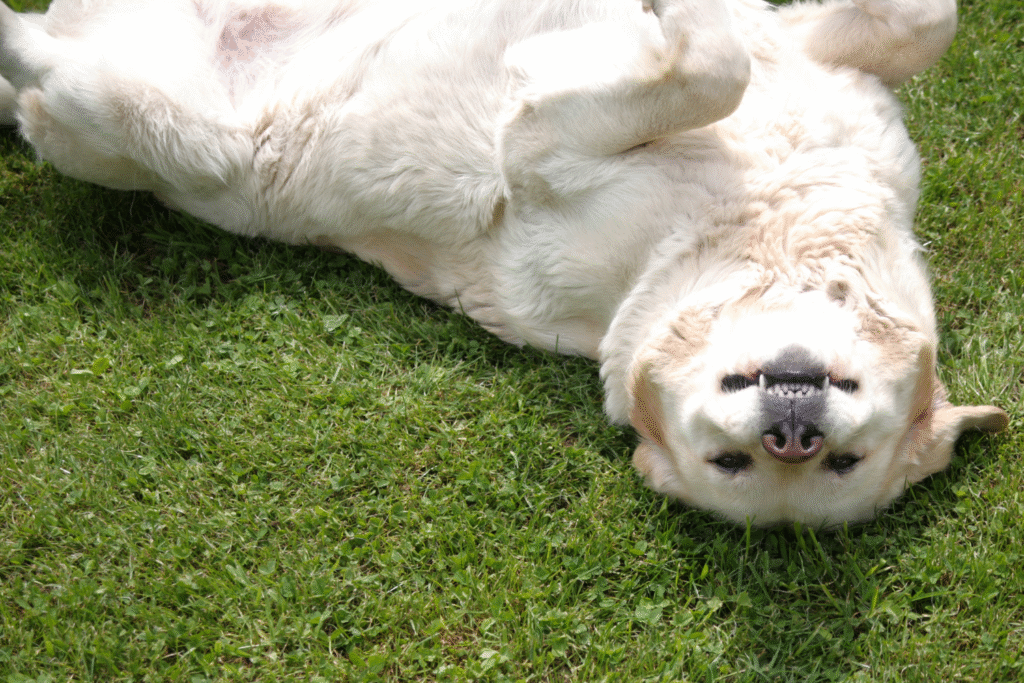These habits keep dogs healthier, happier, and living longer than most people realize.

Ever look at your dog sleeping like royalty and think, they better live forever? While forever isn’t an option, there are habits vets swear can tack on serious time to their lives. These aren’t wild or expensive tricks either, just small lifestyle tweaks that make a huge difference. The best part is they also make your dog happier right now.
1. Regular dental care can prevent deadly diseases.

According to the American Veterinary Dental Society, dental neglect is one of the fastest ways to cut a dog’s life short. Bacteria from infected gums can sneak into the bloodstream and damage organs over time. Daily brushing, dental chews, and annual cleanings reduce this risk drastically. Many vets even argue it adds literal years to a dog’s life. It’s not glamorous, but neither is kidney failure from infected gums. Taking a few minutes to handle their teeth pays off in longevity and quality of life.
2. Weight management is your silent life extender.

As stated by the Association for Pet Obesity Prevention, over half of dogs in the U.S. are overweight or obese. Extra weight stresses joints, taxes the heart, and leads to early-onset diseases like diabetes. Keeping your dog lean with portion control and exercise has been shown to extend their lifespan by as much as two years. It’s not about trendy diets but avoiding mindless free-feeding and extra snacks that pile on pounds. A trim dog simply lives longer and moves better well into old age.
3. Exercise boosts immunity and slows aging.

Reported by the American Kennel Club, regular movement doesn’t just burn calories, it sharpens a dog’s immune system and keeps the heart strong. Short daily walks, play sessions, and even agility or swimming keep joints flexible and improve mental health. Dogs that move more are statistically less likely to suffer from age-related conditions like arthritis and cognitive decline. It’s not about marathon runs, but about consistency. A routine that keeps their body in motion has a powerful effect on their long-term health.
4. Mental stimulation keeps the brain young.

Challenging your dog with puzzle feeders, training sessions, and novel experiences builds cognitive reserves that stave off decline. Mental fatigue ages dogs faster than people think, but curiosity and problem-solving help keep them alert as they grow older. Brain games strengthen the bond between you and your dog while quietly giving them healthier neurological function that lasts years longer.
5. Hydration can be a hidden longevity hack.

Many dogs drink less than they need, leading to gradual organ stress over the years. Ensuring fresh, cool water is available all day and encouraging water intake, especially after play or during hot weather, keeps kidneys and other systems working optimally. Dogs that consistently stay hydrated age better and recover faster from daily stress.
6. Preventive vet visits catch problems before they explode.

Annual checkups and bloodwork seem boring, but they allow vets to spot early kidney changes, thyroid issues, or cancer signs before they become untreatable. Many chronic conditions, once caught early, can be slowed or even reversed. A dog that sees the vet regularly has a measurable survival advantage over one that only goes when sick. It’s like giving them an annual safety net for long-term health.
7. A stress-free environment lengthens life in surprising ways.

Dogs soak up your stress like sponges, and constant anxiety or chaotic homes take a real toll. Creating a calm, structured home and giving them safe retreats reduces stress hormones linked to early aging. A dog that feels secure and relaxed not only behaves better but also lives longer, thanks to a quieter, healthier nervous system.
